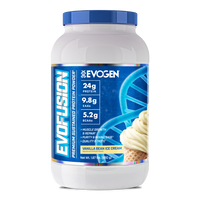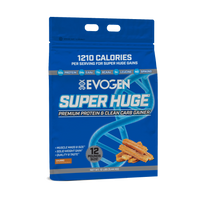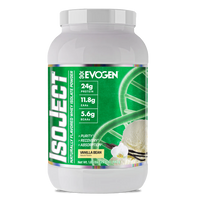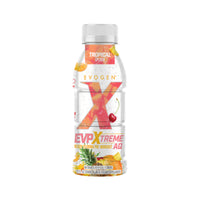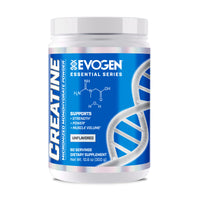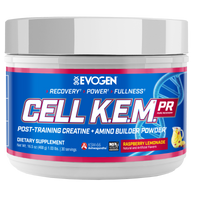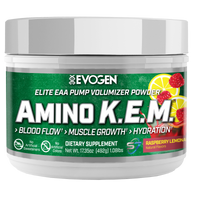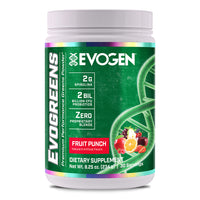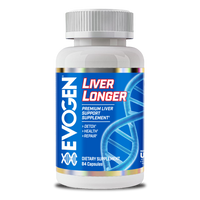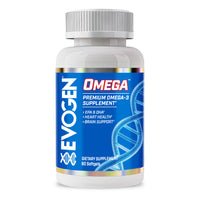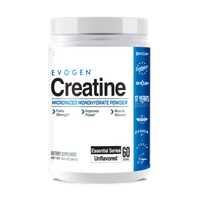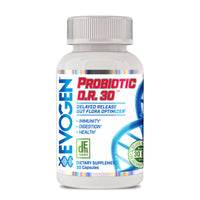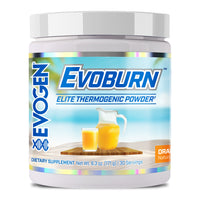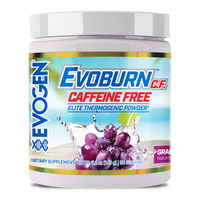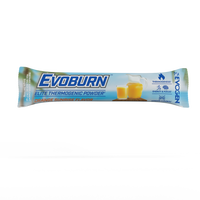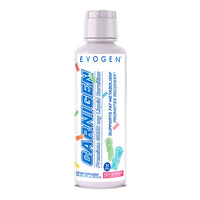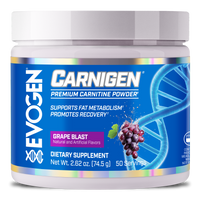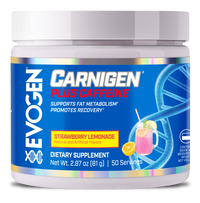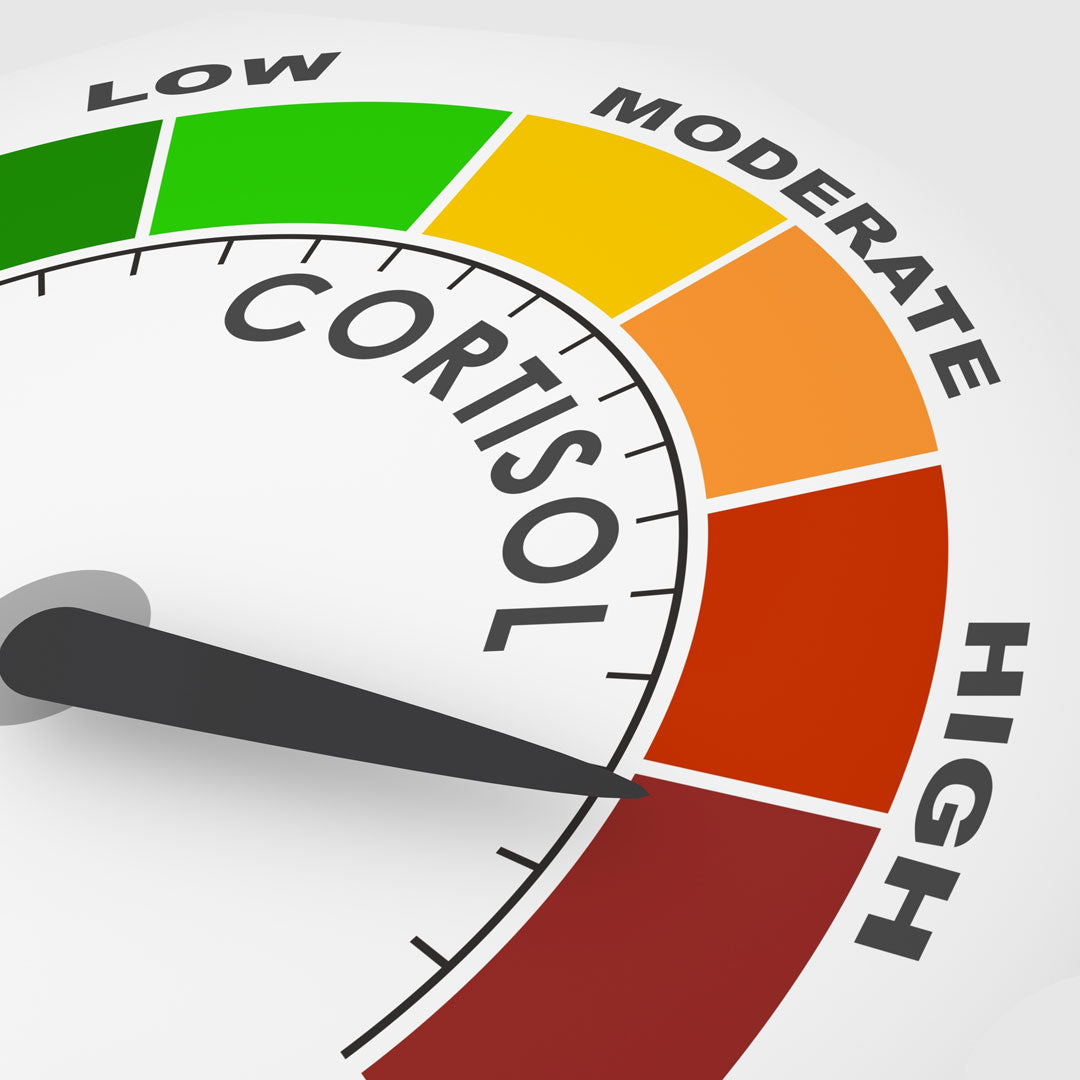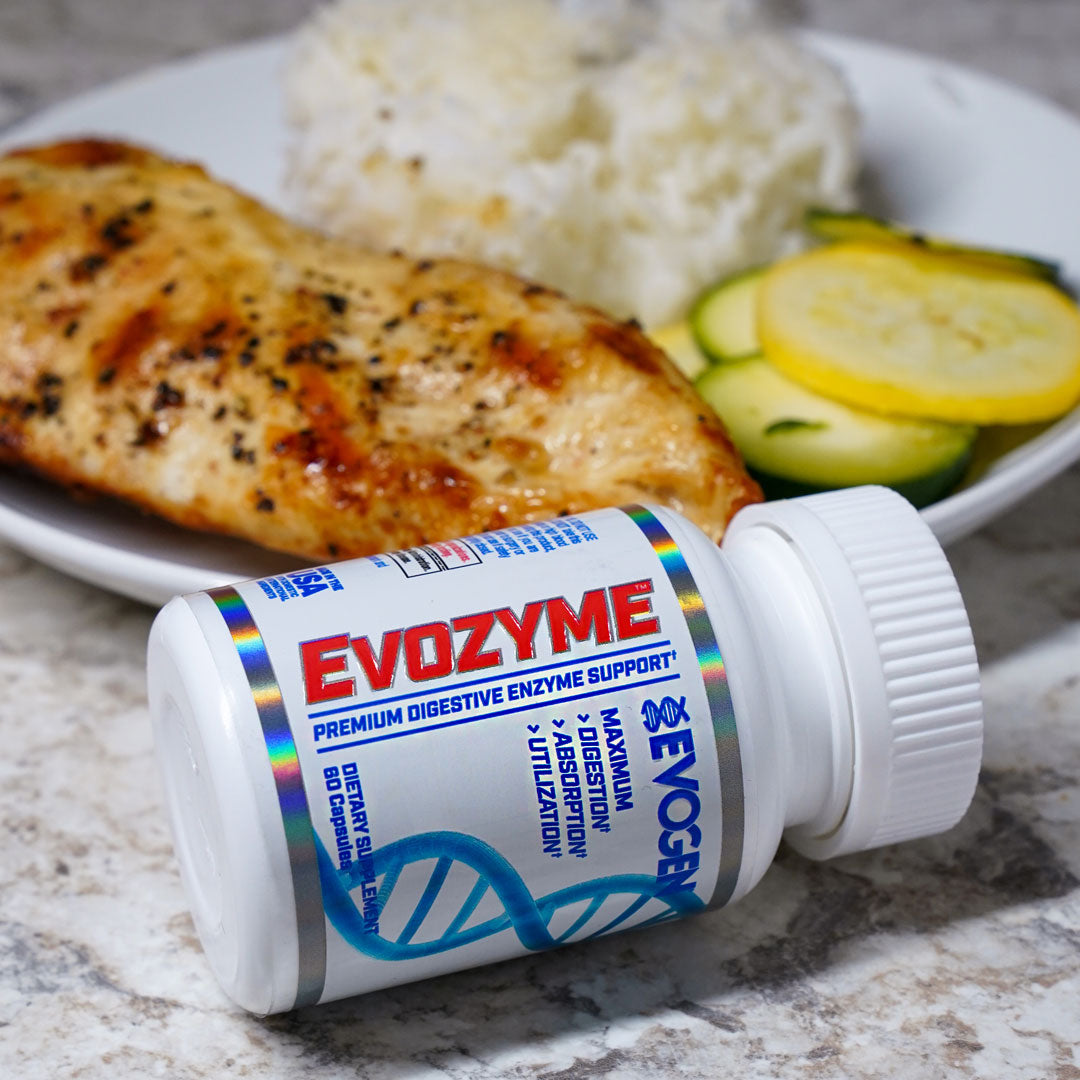Are you trying to build mass and add lean muscle to your physique? Or maybe you’re looking to shed unwanted body fat and get shredded? Either way you’re leaning, there are two hormones that you need to pay particular attention to – testosterone and cortisol. Being able to optimize the T:C ratio (testosterone to cortisol ratio) should be of the utmost importance if you want to quickly and effectively achieve your physique goals.
The interesting part of this topic is that both are drastically different (in fact, they’re antagonists), yet both are extremely powerful hormones that, when aren’t optimized, can cause many issues.
When cortisol becomes elevated, it can negatively affect your testosterone levels and bring them down. This can be detrimental to your lean muscle mass and post-workout recovery. With all that being said, let’s take a deeper look into exactly what the T:C ratio is, how it can be affected, and how you can optimize it.
What is the T:C Ratio?
First things first, what are testosterone and cortisol? Testosterone is an important male (anabolic) hormone that helps build lean muscle tissue and helps produce red blood cells. Cortisol (a stress hormone) is essentially the opposite of testosterone in that it is a catabolic hormone where it prevents muscle protein synthesis and prevents anabolism.
When levels of testosterone are normalized or even elevated, it can help increase your body’s ability to put on muscle mass, whereas when cortisol is elevated, it can break down lean muscle tissue along with other side effects such as increasing ghrelin levels to cause you to be hungry all day (which can lead to weight gain and damages your metabolic rate).
Looking at the T:C ratio, it is a method to see how your body is responding and recovering following high levels of stress such as strength or endurance training. Many athletes look to optimize their T:C ratio to ensure they are consistently performing at the highest level day in and day out without any sort of decline in performance.
Men tend to find the use of the T:C ratio more effective at checking recovery than when used with females (for obvious reasons, since women naturally do not possess as much free-flowing testosterone as men).
What Affects the T:C Ratio and How Is It Tested?
The amount of stress put on the body can alter the T:C ratio and cause levels to reverse. Generally speaking, you will want to possess normal to high levels of testosterone to maximize your performance and muscle-building potential. That said, at the same time, you will want cortisol levels to be normalized and controlled. We all need some cortisol in our body for functioning, but when levels increase and become out of control is when it can create health issues.
When the T:C values flip-flop and testosterone decreases while cortisol rises, it can negatively affect your performance, recovery, and lean muscle tissue growth.
It is said that around a 30% decrease in the T:C ratio can be an indication that you may be overtraining or not recovering properly. Knowing your T:C ratio score can help you make changes to your sleep schedule, nutrition, and workout timing (during the day) to help maximize your recovery and results. However, checking your T:C ratio isn’t as simple as stepping on a scale or putting a cuff around your arm.
In order to check your T:C ratio, you would need to get a blood test from a medical professional and have it sent away to be analyzed. Depending on what the results show will determine your next steps. If your T:C ratio is low, you may need to take a deeper dive into your recovery and find better ways to improve your overall recovery following workouts. If the ratio is high and optimized, you know you’re going in the right direction and that you’re better able to keep your performance and recovery elevated.
Something to take into consideration is that your testosterone and cortisol levels fluctuate throughout the day. If you were to look at your levels after just rolling out of bed, you might notice that both testosterone and cortisol levels are elevated. As the day progresses, you may see a rise in testosterone while cortisol levels decrease. Taking those two factors into account, while training any time of day to get in your workout is important, you may find the best time to train is later in the afternoon or early evening when testosterone is at its highest and cortisol is generally at its lowest (the T:C ratio is increased).
It should be noted that the above is not a 100% certainty. There are many factors that go into what can cause testosterone and cortisol levels to increase or decrease, such as stress, work, family life, etc. So, your mileage may vary, and the opposite may be true where the morning works out better for you to fit in your training. Just like with training protocols and nutrition, you may need to play around and experiment with your training schedule in order to find your “sweet spot” during the day where your T:C ratio is increased.
How to Optimize Your Ratio to Boost Testosterone and Decrease Cortisol
There are some key ways that you can naturally alter your T:C ratio to aid in boosting testosterone and helping keep cortisol levels normalized.
One of the best methods to optimize your ratio is to put a greater focus on your sleep quality. If you’re only getting a few hours of sleep each night, it could be hurting your T:C ratio, results, and recovery. Focus on getting a minimum of seven hours of sleep each night. If you notice even with seven hours, your score is low after getting tested, change around your schedule to make the time to sleep an extra hour or two each night and evaluate your T:C ratio after that.
Another thing you can do to help optimize your ratio is to focus on achieving a balanced nutrition plan. That means not eliminating macronutrients such as carbohydrates in an effort to speed up your results. Carbs are a great source of energy to fuel your workouts, can keep your intensity and performance elevated, and aids in replenishing glycogen stores post-workout, which can help improve recovery. Make sure you keep your carbohydrates above 30% of your total calories per day, or you may risk decreasing your testosterone levels.
The last method we’ll look at in this article is supplementation.

Leveraging Supplements like KSM-66®
Obviously, you can focus on your sleep and have a solid nutrition plan but still not see the best results. Supplements can be utilized and leveraged to help maximize your T:C ratio and aid in fast-tracking your results and optimizing your recovery.
If you’re looking to take your recovery to the next level, maximize free and total testosterone levels, improve strength and recovery while optimizing hormones such as cortisol, Evogen Nutrition Evoboost can help you accomplish precisely that.
Evogen Nutrition Evoboost is an elite testosterone booster that is specifically formulated to help you optimize your T:C ratio. Evoboost can effectively help control cortisol to ensure you don’t turn catabolic and start burning lean muscle tissue while also naturally helping increase your free and total testosterone to aid in proper recovery and muscle-building.
Evoboost utilizes very specific ingredients that are backed by science to help you achieve the results you desire. This potent formula includes ingredients like vitamin D3, DIM, and patented KSM-66® and Tesnor®.
KSM-66® is one of the most powerful ingredients when it comes to optimizing your T:C ratio. This patented ingredient has been shown through research to not only be able to effectively manage cortisol and stress levels but also help boost natural testosterone production and levels, which can support an increase in muscle strength and size.
Stop ignoring your T:C ratio and suffering from poor recovery! It’s time to maximize your results and performance by grabbing a bottle of Evogen Nutrition Evoboost today!

